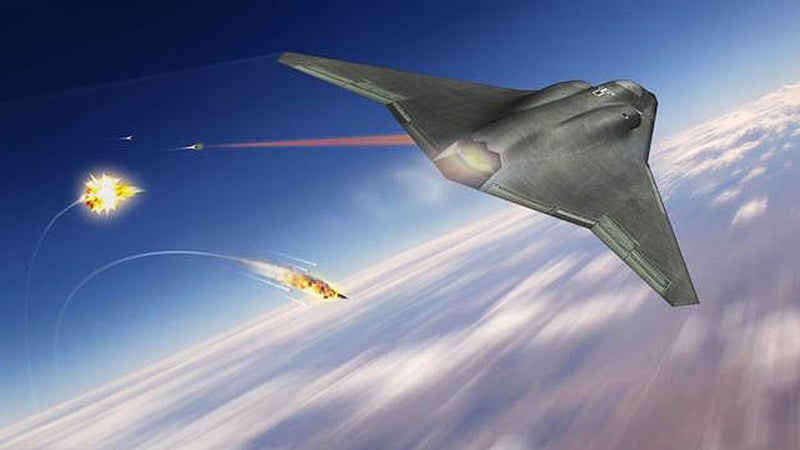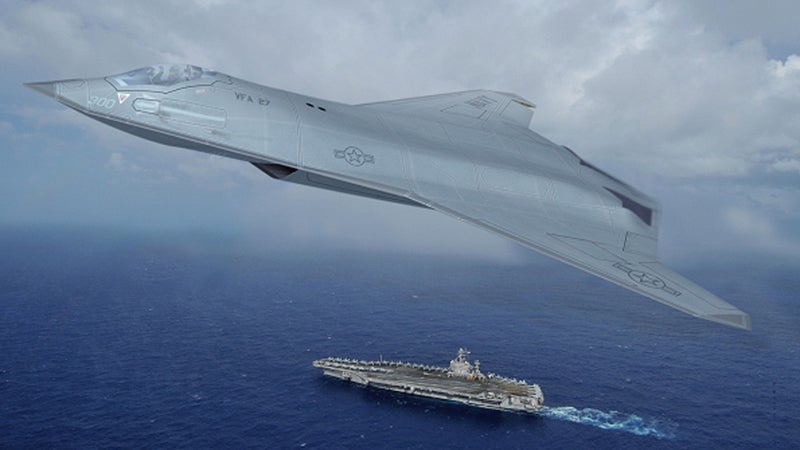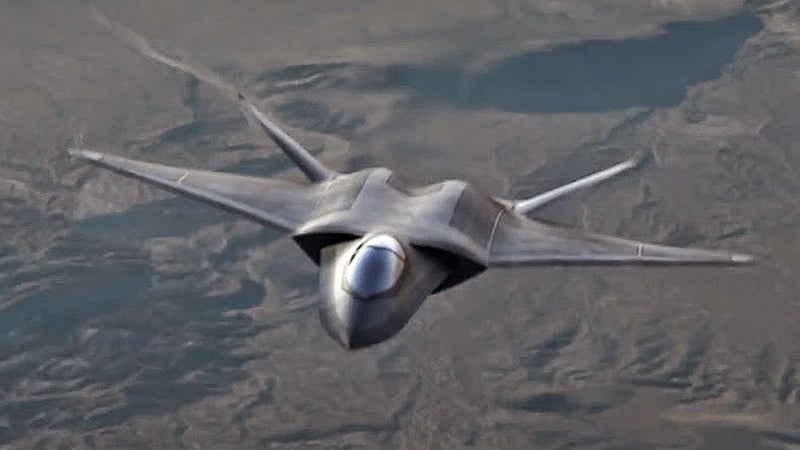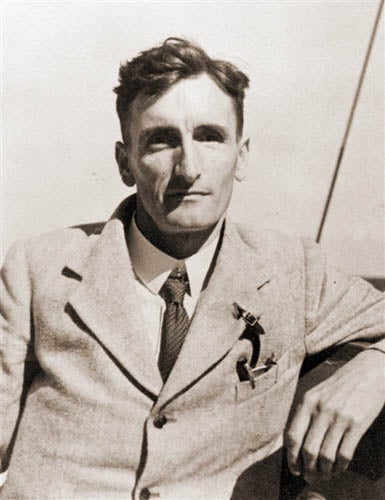![The Outlook for Nuclear Power in the U.S. Really Sucks]()
As the Paris climate summit kicked off two weeks ago, venture capitalist Peter Thiel penned a scathing op-ed for the New York Times, decrying the plight of nuclear power in the U.S. He cited a stagnant regulatory environment unable to adapt to innovative new reactor designs, and continued public hysteria over safety and radioactive waste disposal, as the primary culprits holding us back from a bright nuclear-powered future.
Thiel makes some valid points. But what’s really killing nuclear power in this country is garden-variety economics: in the emerging energy market of the 21st century, nuclear just can’t compete — particularly with ultra-cheap natural gas.
It matters because natural gas plants emit greenhouse gases, while nuclear plants do not. The International Energy Agency has estimated that we need to double global nuclear capacity by 2050 to meet the 2 degree Celsius cap on global warming set by the Intergovernmental Panel on Climate Change (IPCC). Other countries are stepping up — there are 437 nuclear reactors in operation worldwide, and some 66 reactors being built — but the U.S. is closing more old plants than it is building new ones. And renewable energy sources, while growing rapidly, won’t be able to fill the gap on their own.
Granted, there are currently more than 100 nuclear power plants in the U.S., supplying around 19% of total electricity needs, according to Steven Koonin, a nuclear physicist at New York University who has worked on U.S. energy policy for many years. But these plants are aging out: within 20-30 years, most of them will likely be shut down unless their licenses are extended. There are only five new plants licensed by the Nuclear Regulatory Commission (NRC) currently under construction — and one of those is an older project that has recently been revived. All are far behind schedule and over-budget.
“There are a lot of climate scientists talking about how we need nuclear power or we can’t solve climate change,” said Greg Jaczko, a former chair of the NRC who is now a consultant in Washington, DC. “I hear that and I think, well, then we’re never gonna solve climate change, because nuclear power is not gonna do it. We’re not doing today what would need to be done to maintain that massive fleet of reactors in the future.”
It’s Not Easy Being Green
It all comes down to the staggering price tag. Every type of electricity generation has associated costs, but to build a nuclear power plant in most states, companies need to put the capital expenditure upfront and absorb that cost for however long it takes to complete construction. That’s usually five to seven years, on average, although even the latest designs have been plagued by significant delays and cost overruns. And we’re talking about a big investment: between $8 to $10 billion for a single large plant.
Jaczko estimates that it would cost $540 billion to build 90 new plants over the next 20 years — equivalent to the entire Department of Defense budget. Even if you staggered that, building five new plants each year, that still amounts to $30 billion per year — equivalent to the entire Department of Energy (DOE) budget. And that’s assuming energy demand stays constant, when it is far more likely to increase.
The problem is not the energy source; uranium is highly efficient. It’s what it takes to harness that energy safely and reliably. For instance, light-water reactors (LWRs), by far the most common design, rely on pumped water to dissipate heat and cool the reactor. But water can only absorb so much heat. When it gets hot enough, at very high pressure, it has so much energy it can fracture steel and massive concrete structures. Hence the need for multiple trains of safety equipment; if one part fails, a backup kicks in.
Koonin acknowledges that construction costs for nuclear plants are heavily front loaded, but he argues that once that considerable initial investment is paid off, there are just operating costs like fuel, maintenance and personnel to contend with. “It’s basically a cash machine,” he told Gizmodo.
Investors don’t seem to share his optimism. “I talk to the kinds of people who finance these projects, and they’re very supportive of the technology, but privately they’ll tell me, we’d love to go nuclear, but the performance just hasn’t been good enough to justify the capital investment,” said Jaczko. “Nobody is investing in nuclear power plants.”
So how about upgrading existing plants instead? The NRC is doling out licensing extensions bit by bit, but Jaczko is skeptical that this will be a viable solution, since fully 80% of existing plants would need license extensions to meet the country’s electricity needs. The oldest plants in particular would require expensive refurbishment, and they still would not be able to compete, price-wise, with natural gas. The profit margins just aren’t there. “Bottom line, most [nuclear] plants in the country are going to shut down in two decades or or so,” said Jaczko.
It’s already begun. Entergy shut down its Vermont Yankee nuclear plant in January of this year after 42 years in operation, even though it is licensed to operate until 2032. The company is also closing its Fitzpatrick plant in Oswego, New York; that facility is expected to lose around $40 million in 2016 alone. Also closing: the Kewaunee facility in Wisconsin and Florida’s Crystal River plant.
In northern Illinois, Exelon will likely be closing its small single reactor plant, even though the NRC agreed to relicense the plant for another 20 years. But it did so on the condition that the plant be refurbished, which could cost as much as $1 billion. The company can build a shiny new combined cycle gas-fired plant for a comparatively affordable $500-$600 million. “It’s hard to justify being green to stockholders when they’re losing money on every kilowatt that’s being produced,” said Robert Rosner, a plasma physicist at the University of Chicago and co-founder of its Energy Policy Institute.
Nuclear power holds far more potential in Southeast Asia and the Middle East, according to Rosner. Despite the havoc wreaked by the Fukushima accident, Japan has turned one of its reactors back on, and Rosner is confident more will follow — although the older reactors, like those used at Fukushima, will most likely be retired. China desperately needs an alternative to coal, and nuclear power is their best option. As for the Middle East, Rosner said that there are four reactors currently under construction, and plans for 18 reactors in Saudi Arabia.
But in the U.S., Rosner thinks it will take a catastrophe of some sort before the current disturbing trend changes — and just such a catastrophe could already be looming for my home state of California. Apparently drought, wildfires, earthquakes and horrific traffic aren’t sufficient; we need an energy crisis to boot. The state is closing its San Onofre facility near San Diego, one of two major nuclear plants in the state, and Rosner thinks it’s likely that the Diablo Canyon facility will be shut down, too.
California is betting heavily on renewables with its energy portfolio, but Rosner is skeptical that renewables can make up the shortfall. The consequence may be rolling brownouts, as the supply system struggles to keep up with consumer demands. That leaves natural gas plants as a short-term interim solution, which can be built quickly, are very efficient, and the economics work for utility companies. But that won’t help reduce CO2 emissions, so it’s the opposite of the state’s current energy strategy. Still, “California may not have a choice,” said Rosner.
But won’t we run out of natural gas reserves as well? “You wish,” Rosner laughed ruefully. Yes, the shale reserves being mined by fracking will eventually be depleted, but there is still plenty of methane at the bottom of the ocean. It’s a major technical challenge to bring it to the surface, but the Japanese, in particular, are pursuing this resource with gusto.
Several years ago, when I spoke to experts in the energy community, there was a solid consensus that while the ultimate goal was to phase out fossil fuels and shift the majority of electricity production to renewables, nuclear power would provide a vital interim energy source. Now it’s looking like nuclear will be phased out, too, and natural gas will provide the short-term interim solution — despite the fact this this will pour more CO2 into the atmosphere.
Oh, and California is pretty much fucked.
A Glimmer of Hope?
The biggest issue with renewables going forward is what’s known as the dispatching problem. The existing power grid system is actively managed down to the second to ensure that supply always matches demand. Nuclear and coal plants provide baseline power; they’re designed to run all the time. Gas-powered plants can be quickly turned on and off in response to fluctuations in demand. But renewables like wind and solar produce electricity intermittently: it’s not always windy out, and clouds can obscure the sun. So they don’t fit well into the existing grid model. Better battery storage technology could help resolve that issue, and General Electric, among others, is heavily invested in that area. But we don’t yet have anything capable of the enormous scales required.
There is something called slow energy storage that works pretty well in some geographical regions, notably Europe and upstate New York, according to Rosner. Pump water up the Hudson River to a reservoir, for instance, when there’s not much demand and electricity is cheap. Then when demand spikes, send it back down through the same turbines, this time producing electricity. But as the name implies, it’s a slow process— it can’t do this with the per-second response time required by the power grid.
An alternative approach is to use hydrogen as a storage medium — a kind of chemical battery. A company called Siemans is currently running an experiment in Mainz, using the excess electricity from wind and solar during slow demand times to produce hydrogen in an electrolysis facility. Hydrogen is used to turn methane into ethane, thereby increasing the energy value. But it can also be stored in fuel cells, and grid-scale fuel cells already exist.
We tend to associate fuel cells with NASA and space missions, but they are also of interest to the automotive industry. In fact, Toyota recently abandoned its much-touted battery powered cars (with Tesla supplying the batteries), in favor of investing in hydrogen filling stations to support its new hydrogen-powered Mirai car. The idea is to “convert your entire transport sector over to electric motors powering the wheels, but with fuel cells rather than batteries providing the electricity,” said Rosner.
Jaczko insists that we need to look long and hard at the electrical distribution system in the U.S. It currently relies on large power plants and a vast transmission infrastructure to send huge amounts of high-voltage electricity to local hubs, where it is then stepped down for use by residents and businesses and so forth.
“It’s a very old model,” said Jaczko. “I think we are doomed, we will fail, if we don’t begin to examine the distribution and transmission system.” The power grid is aging out along with the rest of America’s crumbling infrastructure, requiring trillions of of dollars to upgrade over the next 20-30 years. It could be a prime opportunity. “If you’re designing the right system from the get-go, some of the other technologies make more sense,” he said.
There are some innovative new reactor designs on the horizon, such as small modular reactors — a design favored by Koonin, and being developed by a startup called NuScale. Then there is TerraPower, a project that Bill Gates is developing with China: it uses sodium as a coolant and depleted uranium as fuel. Thiel is backing a company called Transatomic Power, founded by two MIT graduate students. That design can burn liquid uranium (LWRs burn solid uranium); the startup claims its reactor should be able to run on the spent fuel of other nuclear reactors, thereby addressing the waste storage issue as well.
But Jaczko says new designs are at least 10-30 years away from being commercially viable. “It’s not a technology problem, it’s an engineering and project management problem,” he said. “[Nuclear] is a fundamentally flawed technology.”
And what about fusion? Despite the recent news of an experimental fusion reactor, the Wendelstein 7-X (W7X), starting up in Germany, Rosner — who served on the DOE’s fusion energy advisory committee — insists that the fusion option just isn’t on the table right now. “The idea that we would have fusion this century is not credible,” he said. “This is not an engineering problem, it’s a lack of physics understanding, both for magnetic and inertial fusion.”
The current DOE budget priorities make matters worse: tons of funding is being poured into the International Thermonuclear Experimental Reactor (ITER), but news broke last month that it will take at least six years longer to complete than originally planned. Meanwhile, basic fusion research is in peril. MIT’s world-class tokamak research program just got the axe — an indication that probing the underlying physics of fusion power just isn’t a high priority for the agency. In fact, federal funding for nuclear energy in general plummeted after the 1970s; Rosner estimates that in real dollars, the U.S. spends less than half on nuclear than it did 4o years ago. “Is it any surprise not much is happening?” he said.
There are no easy answers, no magic bullet, because the energy system is incredibly complicated. “The general public is so shielded from the realities of the energy system,” said Koonin. “People are eventually going to have to understand that you can have relatively inexpensive electricity, you can have emission-free electricity, or you can have nuclear plants.”
As for Rosner, “There are forces afoot here that are very unpredictable,” he said. “For people to tell you that they think they know what’s going to happen — I don’t think so. I think we’re in for a few surprises.”
Image: Nuclear power plant, San Onofre, California. Credit: Julius Fekete/Shutterstock





















































